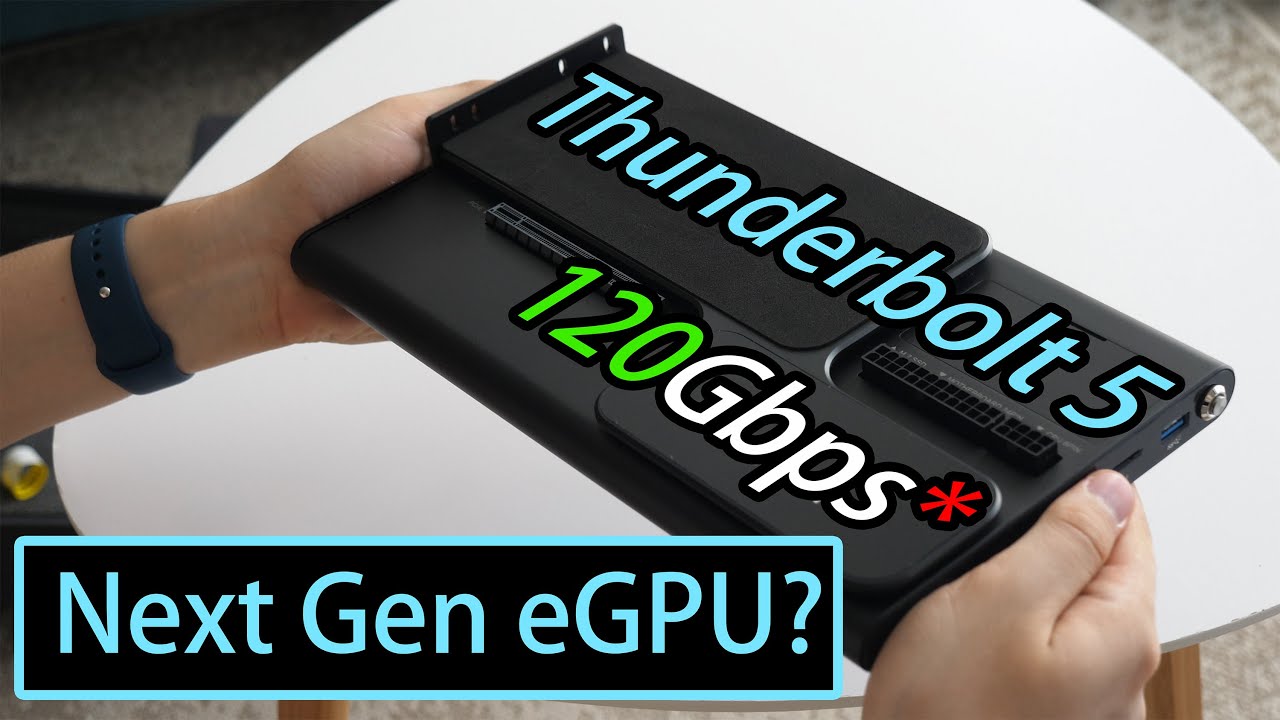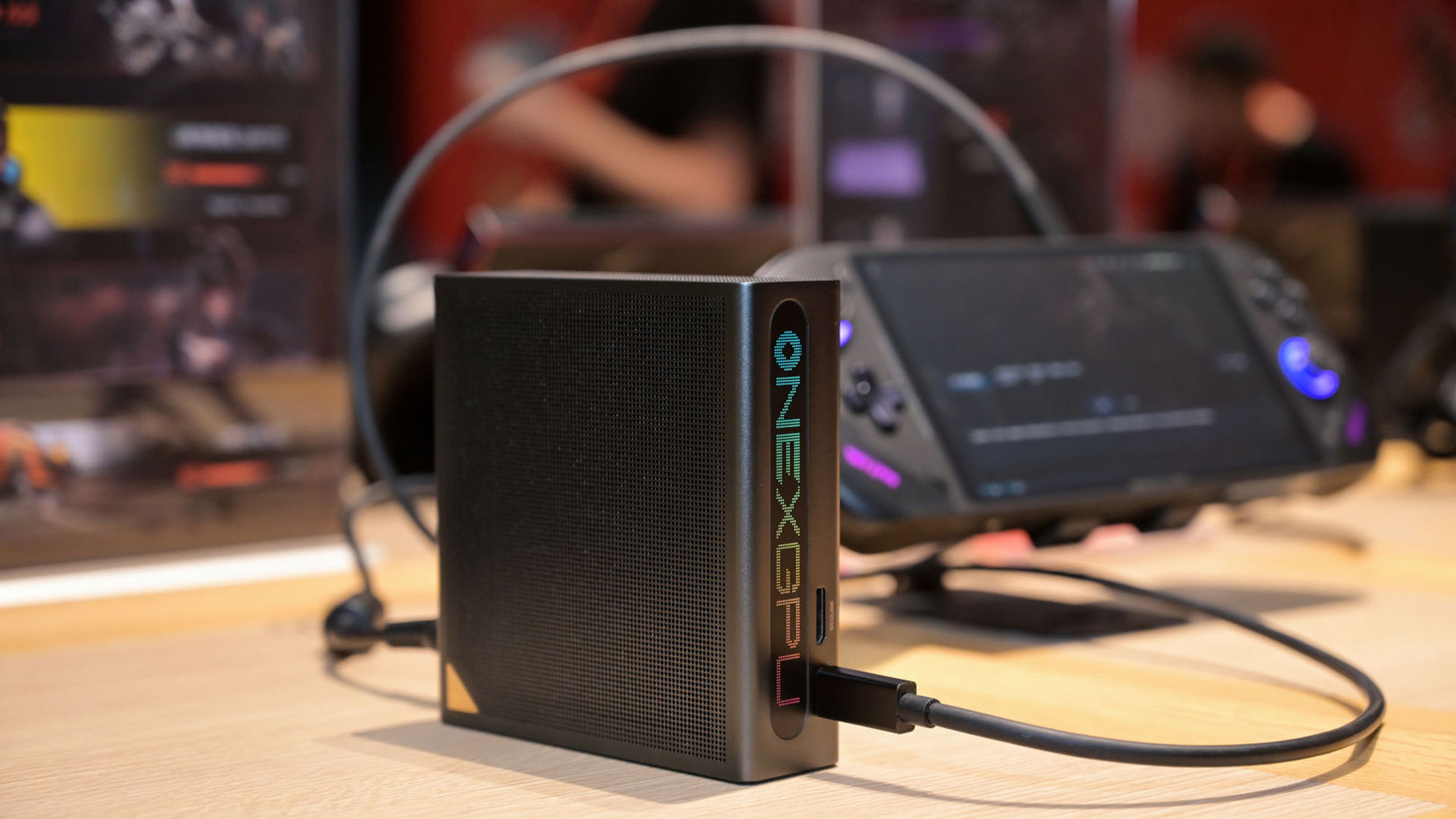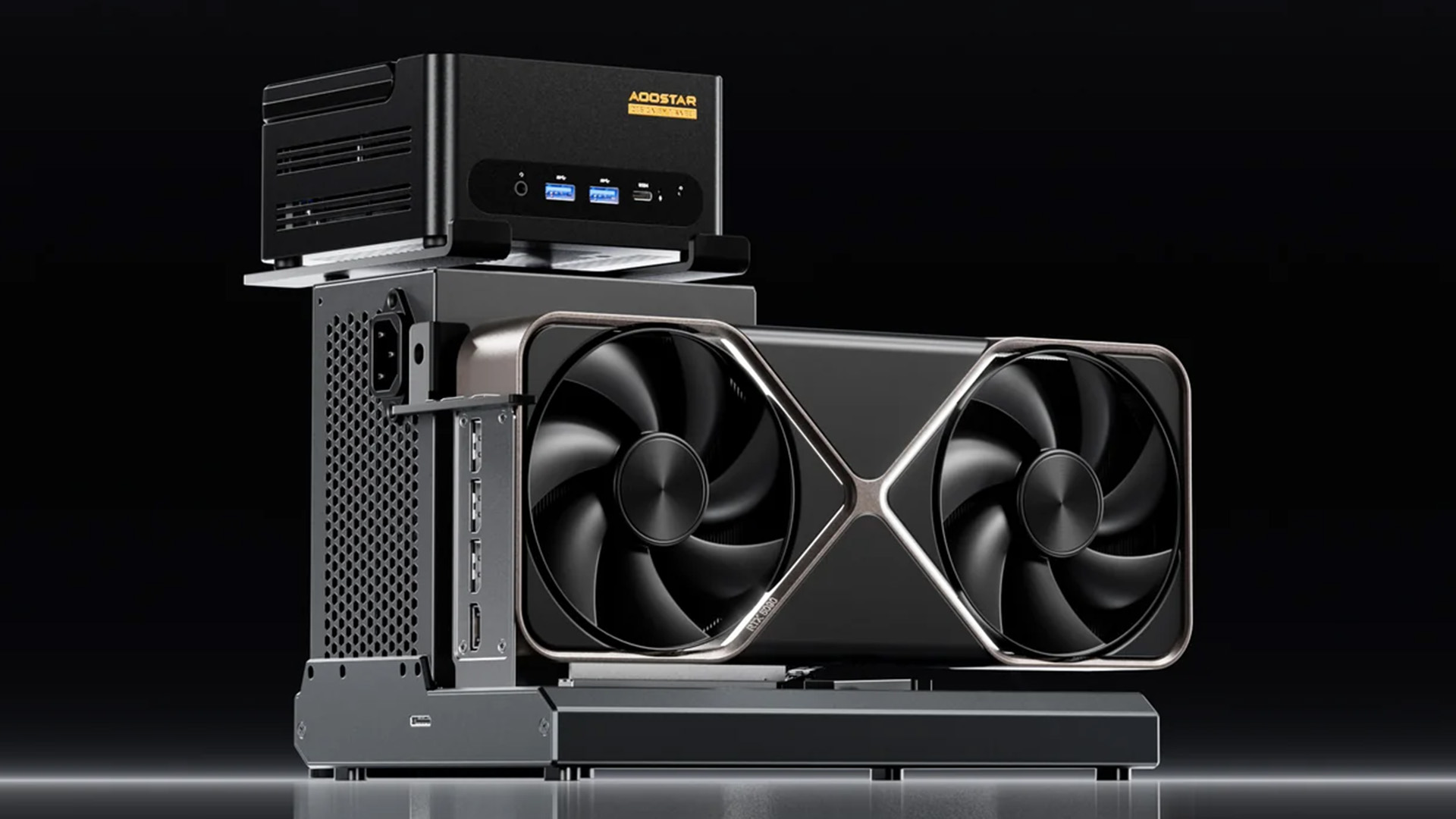External graphics enclosures have become a popular way to enhance the gaming or computing performance of thin-and-light laptops and small-form-factor desktops. However, a crucial question is which interconnection technology is the best fit in terms of performance, as there are multiple eGFX options available with Thunderbolt 3/4, Thunderbolt 5, and OCuLink connectors. Try Some Tech has tested all of them and came to a somewhat expected conclusion: pure PCIe 4.0 connectivity makes more sense. However, Thunderbolt 4 and 5 are more common.
OCuLink vs Thunderbolt 5: What is what
Thunderbolt 4 and Thunderbolt 5 were developed by Apple and Intel for consumer devices, offering versatile, multi-protocol interfaces that utilize the USB-C connector to combine PCIe, USB, and DisplayPort functionality. Thunderbolt 4 supports PCIe 3.0 x4, offering up to 32 GT/s for data transfer. Thunderbolt 5 upgrades this to PCIe 4.0 x4, doubling the bandwidth to 64 GT/s and introducing advanced features such as 240 W charging and up to 120 GT/s for high-end displays. While both offer plug-and-play convenience, charging, and display support, they add latency due to protocol overhead. Thunderbolt 5 significantly narrows the performance gap with OCuLink, making it more viable for eGPUs, but let us check the actual results.
You may like
-
![]() ‘USB 5.0’ connection touted on new slim eGPU with RX 7600M XT
‘USB 5.0’ connection touted on new slim eGPU with RX 7600M XT -
 Razer unveils Core X V2 eGPU enclosure with TB5 bandwidth
Razer unveils Core X V2 eGPU enclosure with TB5 bandwidth -
![]() This upcoming Thunderbolt 5 eGPU dock lets you mount an entire mini-PC on the side
This upcoming Thunderbolt 5 eGPU dock lets you mount an entire mini-PC on the side
Thunderbolt 5 is here! But is it better than Oculink? – YouTube  Watch On
Watch On
The Results
When it comes to raw bandwidth, an OCuLink connection achieved a throughput of around 6.6 GB/s host-to-device and 6.7 GB/s device-to-host, significantly outpacing TB5, which achieved a throughput of 5.6 GB/s host-to-device and 5.8 GB/s device-to-host. This is a notable difference, and it will be crucial when it comes to storage and data-intensive workflows. But what about gaming?


